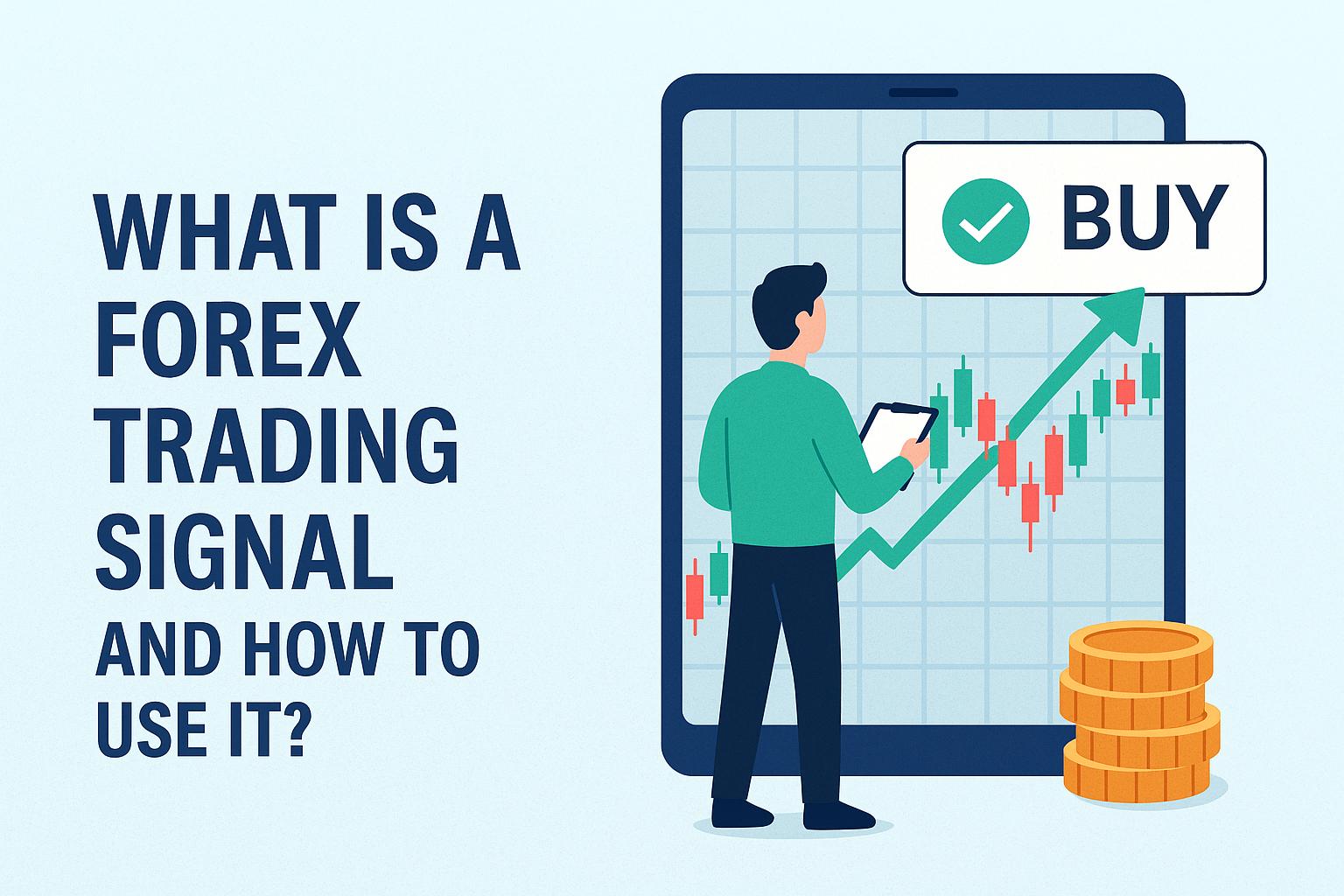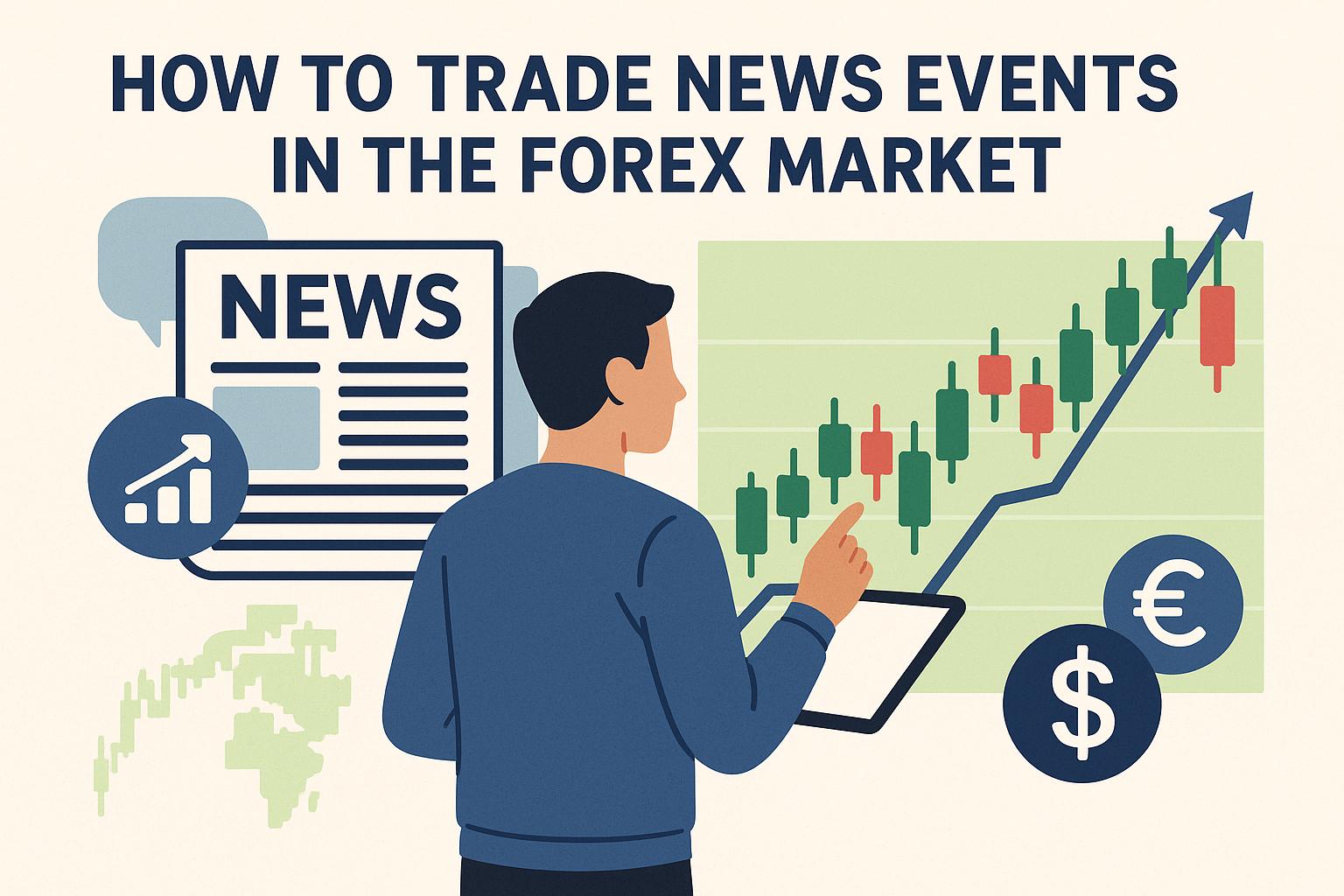The Integration of AI in Forex Trading
The incorporation of artificial intelligence (AI) in the forex market is transforming how traders and investors operate. AI algorithms are increasingly used to analyze market trends, predict future movements, and execute trades with incredible speed and accuracy. This has changed the landscape for both institutional and retail traders, enabling them to make more informed decisions.
AI-driven systems use historical data, chart patterns, and market signals to predict currency price movements. Machine learning techniques allow these systems to adapt and improve their predictions over time. As a result, traders gain the advantage of executing trades based on real-time data analysis rather than relying solely on human intuition or manual calculations.
Automation Takes Center Stage
Automation continues to be a pivotal trend in forex trading. Automated trading systems or “forex robots” are designed to perform trades automatically based on pre-programmed strategies. These systems offer users a hands-off approach to trading, minimizing human error and emotions. The rise of algorithmic trading platforms has made it easier for traders to implement complex strategies that would be challenging to execute manually.
With automation, traders can execute trades 24/7 without the need for constant monitoring. This increases trading efficiency and allows for the capitalization on opportunities that may arise at any time. While automation offers numerous benefits, it also necessitates the need for constant monitoring to ensure that automated systems function as expected.
Automation also revolutionizes trading strategies. Traditional trading strategies often involve meticulous market analysis and emotional decision-making, which can be time-consuming and prone to error. With automated systems, traders can rely on predefined parameters to govern their trading actions, making the process more streamlined and efficient.
This evolution toward automated trading is enabling traders to engage in higher-frequency trading activities, where rapid execution and precision are paramount. High-frequency trading, or HFT, leverages automated systems to make dozens or even hundreds of trades in a fraction of a second. This technique capitalizes on minute price differences and market inefficiencies, resulting in potentially significant profit margins.
Emerging Trends in Forex Trading
The forex market is highly dynamic, with several emerging trends impacting the way trading is conducted. One such trend is the increasing regulatory scrutiny in major trading hubs. Regulatory bodies aim to ensure the fairness and security of trading activities, fostering an environment that protects investors while maintaining market integrity. As regulations evolve, traders must stay informed of changes that might affect their trading strategies.
Regulatory developments can have far-reaching implications for how trading is conducted. Traders need to ensure compliance with the latest rules and guidelines to avoid potential penalties or disruptions to their activities. This requires an ongoing commitment to understanding and adapting to the regulatory landscape.
Furthermore, the incorporation of blockchain technology is making headway in forex trading. Blockchain offers enhanced security, transparency, and efficiency, leading to its gradual adoption in the market. While still in the early stages, blockchain has the potential to streamline trade settlement processes and reduce counterparty risks.
Blockchain’s decentralized nature ensures that transactions are recorded in a secure, transparent manner. This reduces the likelihood of fraud and gives traders confidence in the integrity of their trades. As blockchain technology continues to mature, its applications in the forex market are likely to expand, introducing new efficiencies and bolstering the overall reliability of trading activities.
The Role of Big Data in Decision Making
In today’s forex market, big data plays a crucial role in decision-making processes. Traders and financial institutions utilize vast sets of data to forecast market trends and develop innovative trading strategies. Big data analytics provides insights into market sentiment, helping traders anticipate movements that may not be immediately obvious through traditional analysis methods.
The advancements in data analytics tools enable more sophisticated modeling, risk management, and scenario analysis, offering traders a competitive edge. The ability to harness and interpret large volumes of data effectively is a key factor in achieving success in the forex market.
Moreover, big data facilitates the identification of patterns and irregularities that human traders might overlook. By leveraging machine learning algorithms, traders can sift through enormous data volumes to discover correlations between different market variables. This empowers traders to make more accurate predictions and better-informed trading choices.
Conclusion
The future of forex trading lies in the seamless integration of AI, automation, and emerging technologies. As the landscape continues to evolve, traders must adapt to new tools and trends to remain competitive. These advancements provide opportunities for increased efficiency, accuracy, and profitability in trading, ultimately shaping the forex market for years to come. For those interested in learning more about these developments, numerous resources are available on specialized financial websites, offering insights and updates on the latest trends in forex trading.
In essence, the integration of AI and automation, coupled with the utilization of big data and blockchain, is turning the forex market into a highly sophisticated arena. This transformation is not just about leveraging technology for better trade execution; it’s about embracing a holistic approach to trading that optimizes every facet of the trading process. By doing so, market participants can navigate the complexities of forex trading with newfound precision and confidence, paving the way for a more resilient and profitable trading environment.










